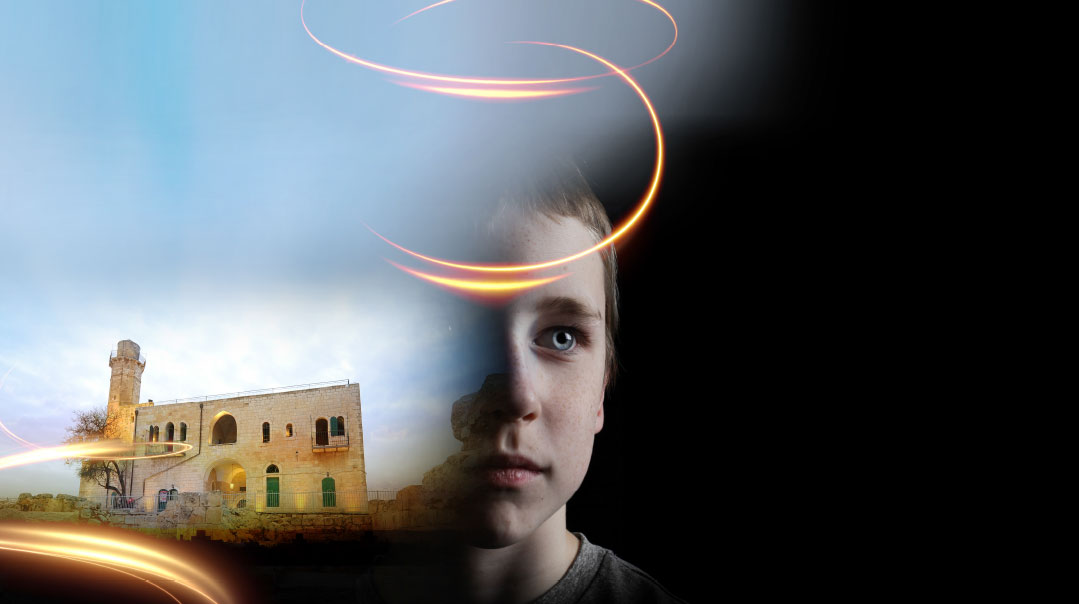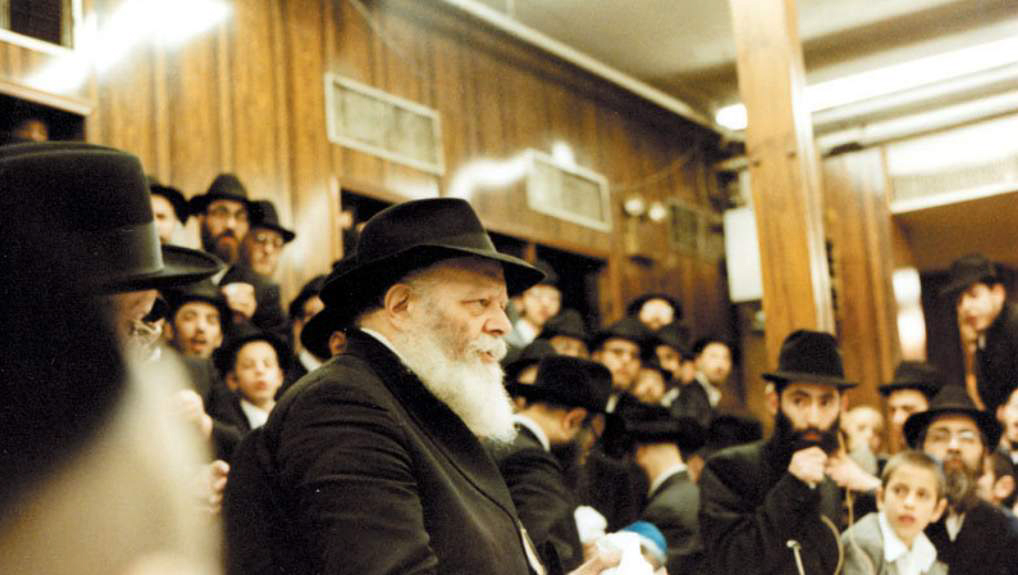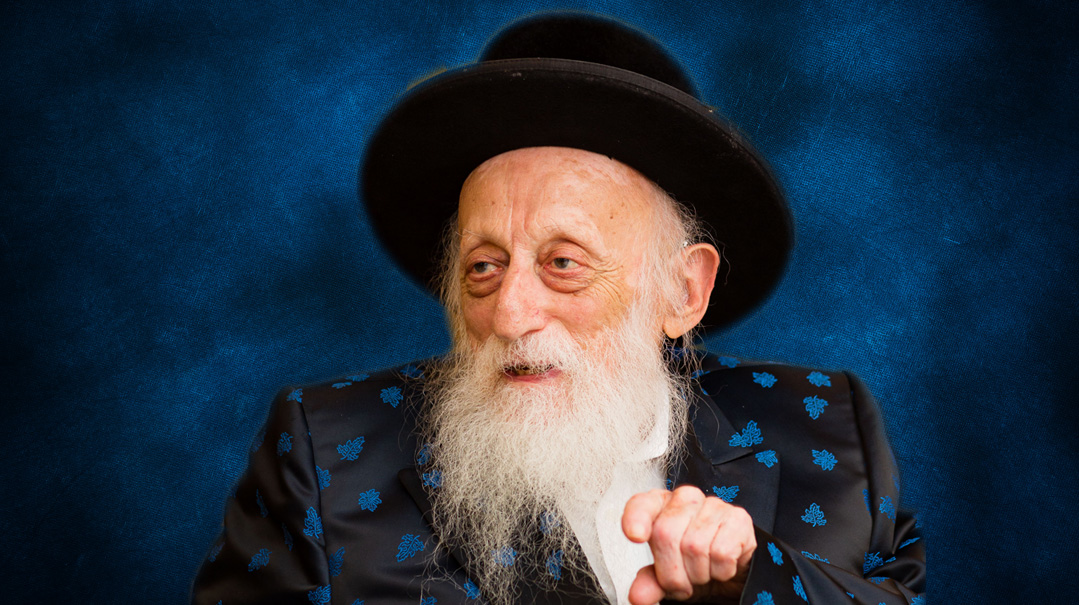Navi on call
| December 25, 2019

“Y
our son is wonderful and we want him here.” The principal tapped his pencil on the table while my husband and I waited for the inevitable caveat.
“We’re just worried that he’s not reaching his potential. We’ve decided that Tuli can come back next year as long as he’s working with a therapist.”
I can do that. I can do the therapist thing. I’ll take him to a million therapists as long as they keep him in school.
“Of course, we’ll get right on it,” I reassured the principal calmly, hiding my immense relief. He thanked us for our cooperation, and all was well.
Except it wasn’t really.
At nine years old, Tuli’s behavioral issues were as puzzling as his nonstop crying was as a baby. We still couldn’t figure out what made him tick, what sent him into a spiral, what triggered him. I shook my head in wonder as we walked to my car. Let the school think they’d come up with a novel solution.
The truth was we’d already tried therapy. Lots of it. Play therapy and hydrotherapy and OT and speech therapy, and medication as well. Sometimes I felt like we were playing a matching game while blindfolded, picking up random cards and hoping for a win. No one could tell us definitively what Tuli needed; every professional had their own take on the situation, and nothing seemed to be helping much
“We’re going to go speak to a nice lady,” I told Tuli in August, right before school started.
“No,” he answered. I couldn’t blame him. There’d been too many nice ladies.
After some bribery he finally got in the car, and I offered a silent prayer of thanks to the One Above. The therapist lived right outside Yerushalayim, and I took a route I’d only taken a few times before.
I felt a little on edge as we crossed through the Arab neighborhood of Beit Hanina. We passed a mosque, a few quiet coffee shops. The ancient city of Ramah lay before us, and as we rounded the corner heading toward the 443, I spied Kever Shmuel Hanavi in the distance at the top of the mountain. It was a welcome site in this unfamiliar neighborhood.
“Look, Tuli. You see the structure way up on the hill? That’s the kever of Shmuel Hanavi.”
He folded his arms over her chest, frowning, and wiggled down in his seat.
We didn’t talk much as we entered Givat Zeev, but the next time we saw the kever, it was closer, and he could see it better. His eyes lit up as he stared at the structure, the tall trees standing like guardians around the site. After the appointment, we took the road to Ramot, and he pointed it out all by himself.
And so began a ritual. Every Monday we traveled along the winding roads. We passed the sites of the Biblical towns of Givon and Ramah, and he looked upward as the mountaintop burial place of Shmuel Hanavi slid in and out of view. It became so familiar that we began spotting the kever while in other places we’d never noticed you could glimpse it from — in Romema while shopping, in Ramat Eshkol outside the Discount Bank, in Ramat Shlomo while waiting for an evaluation, even on Kanfei Nesharim Street in Givat Shaul.
And each time my son raised his finger to point it out, he smiled. Maybe that’s what the generation of Shmuel Hanavi had in mind when they buried him in a place that could be seen from everywhere.
It’s not until right before Chanukah that we finally walk up the hill up to Kever Shmuel Hanavi together. I take his little hand in mind, and a powerful sense of connection flows between us. We’ve spent the past few months pointing out this site to each other, but this is the first time we’re actually venturing up here.
At the peak I feel light and wide-eyed, like I’m on top of the earth.
A plaque nearby describing the area provides a very validating quote: “I daresay there is nowhere in Palestine… or in the entire world, a sight like Nebi Samwil… It seems like a center overlooking the best-known places on earth, like nowhere else…” — Norman McCleod, 1884.
At 885 meters above sea level, Yerushalayim can be seen below us in all its glory. I point out what I can to my son; at the northern tip of the city I spot King Hussein’s abandoned royal palace at Tell-el-Ful. My eyes scan the horizon to the right, past the centrally located Belz shul, over the Old City, and onto the graceful mountain range that leads to Chevron.
It appears it doesn’t take a modern mind to appreciate the beautiful and strategic position of this ancient mountain. The earliest remains found here date back to the times before the first Beis Hamikdash, the time period when Shmuel Hanavi lived. The Navi tells us, “And Shmuel died, and all of Yisrael gathered themselves together and lamented him, and buried him in his house at Ramah” (Shmuel 25:1).
While there is some controversy regarding whether this is truly the area of Ramah and the burial site of Shmuel Hanavi, it makes sense that this beautiful mountain would be the final resting spot for the beloved navi and shofet who did so much throughout his short life to connect the differing factions of Klal Yisrael and bring them together in achdus.
Located just outside modern-day Ramot, this area was near an ancient road that passed through the Binyamin region. The burial place itself lay underneath the iconic Crusade era fortress that sits at the top of the hill. A large excavation project sits at the foot of the fortress, revealing the remains of a densely settled community from the Bayis Sheini period.
The residential area boasted two-story homes with large verandas and was established during the reign of Antiochus III, then abandoned during the tumultuous reign of Alexander Yannai. These homes may have housed the very first Jews to commemorate the nissim of the Chanukah story.
Due to its strategic position, the hill changed hands many times. There were long stretches where no tefillos were uttered beside the kever: A monastery was built in Shmuel Hanavi’s memory during the Byzantine period, a pottery production center was built here in the early Muslim period (638-1099 CE), a Crusader fortress during the Middle Ages, and finally a Muslim prayer site before WWI.
Through it all, the tradition of this important burial place was never lost. Even the site’s Arabic name — Nebi Samwil — preserves the memory of the beloved navi. Despite the many military and religious conquests in the area, there were periods where Jews were allowed to ascend. We know there was an active shul on the site in the early 1700s; it was reestablished when the site finally fell into Jewish hands in 1967. Today, within the domed shul, women sway in prayer, emulating Chana, Shmuel Hanavi’s mother, as the tefillos pour forth in their own words.
“Should we go inside and daven a little bit?” I ask my son.
“I’m shy,” he says.
“We’ll do it together,” I whisper.
Hand in hand, we do.
Mondays have become the highlight of the week for both of us. He likes his therapist, he’s doing great work with her, but it’s more than that. There are laughter and bagels after the appointment and pure uninterrupted time together. I can honestly say I look forward to Monday in every sense, even though I’m spending the whole morning with my most challenging child.
The school says it’s working; the change in our son is obvious to all. Maybe this therapist is a miracle worker. But I can’t help but wonder if the bonding we’ve done is making all the difference.
During his lifetime, Shmuel Hanavi left his comfort zone and put in the effort to go to different communities, to speak to Klal Yisrael, to spend time with them. To connect with them, bring them together.
And that made all the difference to their relationship.
Maybe that’s the key to success.
I thought I needed a navi to figure out how to help my son.
I found one.
(Originally featured in Family First, Issue 673)
Oops! We could not locate your form.












